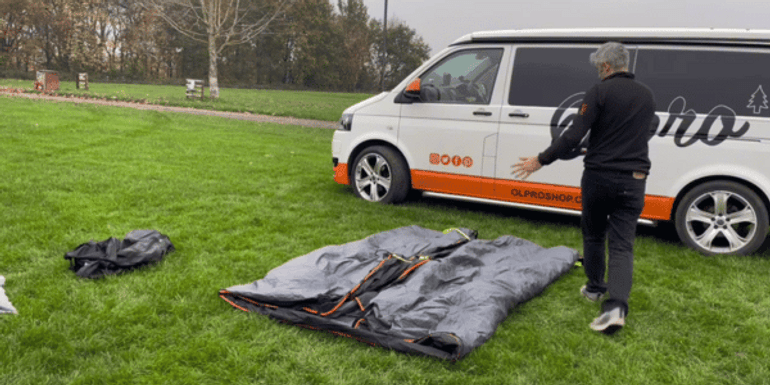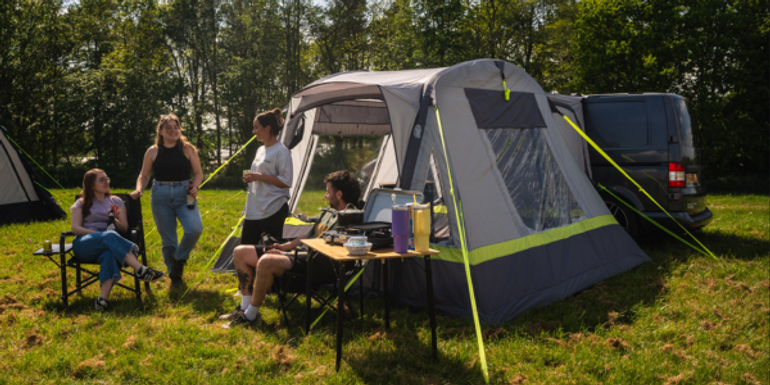OLPRO's Great Summer Escapes
Posted by Gareth Walton on 29th May 2025
SHARE THIS
OLPRO's Great Summer Escapes
As the British summer rolls in, there's no better time to gear up for your next big camping adventure. Whether you're planning a family getaway, a solo retreat into nature, or a group camping trip with friends, now is the perfect moment to check over your existing kit and treat yourself to some upgrades. A well-prepared camper is a happy camper, and
…
read more
read more
Our Favourite Campsites in the Lake District | OLPRO
Posted by Lisa Walton on 21st May 2025
SHARE THIS
Best Campsites in The Lake District
The Lake District is one of the UK’s most iconic natural landscapes, drawing millions of visitors each year to its serene lakes, dramatic mountain ranges, and endless walking trails. Whether you're a seasoned hiker looking for your next adventure, a family seeking fresh air and fun, or a couple wanting to reconnect under the st
…
read more
read more
Caravan Awning Size Guide: Find the Right Fit Today
Posted by Lisa Walton on 15th May 2025
SHARE THIS
Caravan Awning Size Guide
Choosing a caravan awning shouldn’t be stressful. With so many styles, sizes, and fitting types out there, it's easy to feel overwhelmed — but the right information makes all the difference.
Whether you’re after a full-size awning for long-term touring, a quick-fit porch awning for weekends away, or a modern inflatable model for quick
…
read more
read more
How to Pack Down Your Awning Quickly and Neatly | OLPRO
Posted by Gareth Walton on 15th May 2025
SHARE THIS
How to Pack Down Your Awning Quickly and Tidy Every Time
The trip’s over, rain’s starting… and you need to pack up fast. You’ve had a great time at the campsite, but now comes the bit every camper dreads: packing down the awning. It’s muddy, it’s wet, and the clock is ticking before the next downpour hits.
Sound familiar? You’re not al
…
read more
read more
Best Campsites in Scotland | Top Beach, Family, and West Coast Sites | OLPRO
Posted by Gareth Walton on 8th May 2025
SHARE THIS
Best Campsites in Scotland | Top Beach, Family, and West Coast Sites | OLPRO
Experience the wild beauty of Scotland with the perfect pitch for your tent, campervan, or caravan.
Scotland’s rugged landscapes have long captured the imagination of outdoor lovers. From windswept beaches and ancient forests to mist-covered lochs and craggy mountain peaks, the country offers som
…
read more
read more
Will My Awning Be Allowed? A Quick Campsite Rules Guide | OLPRO
Posted by Gareth Walton on 8th May 2025
SHARE THIS
Will My Awning Be Allowed? A Quick Guide to Campsite Rules
You arrive at your dream campsite after hours on the road, ready to unwind with your pitch-perfect setup. But then it happens: you're told your awning has to come down. That sinking feeling of disappointment is one many campers have experienced.
The good news? With a little pre-trip planning and knowledge of the common
…
read more
read more


 Euro
Euro
 Swedish Krona
Swedish Krona
 Danish Krone
Danish Krone
 Norwegian Krone
Norwegian Krone





